Personal connections, a season for repairs, and my grandfather's watch
As an antidote to Black Friday, here's a look at a few items of personal and family significance that have stood the test of time – and which I'll continue to repair and maintain. We make true connections with very few items in our lives. Is this the most important aspect of sustainability?
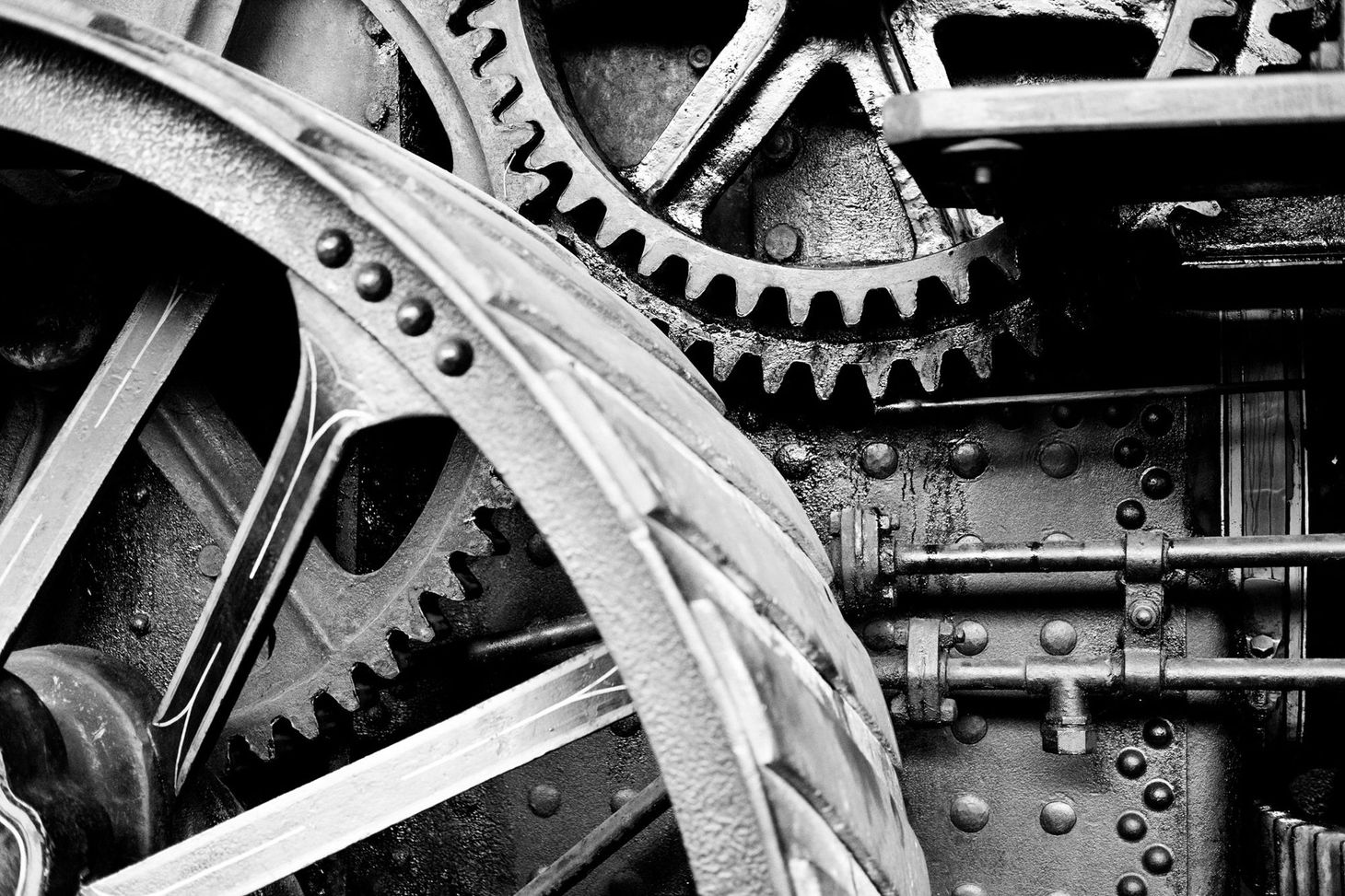
Part of my job is to test and review outdoor clothing and equipment. Over the last few years I've noticed something about myself: I'm becoming increasingly picky about the products I use. Small things get to me. If I don't like the feel or sound of something, if it feels unnecessarily complicated, or if there are obviously stupid design decisions, I don't want to use it. At the same time, I can be very forgiving of items – especially creative tools – that demand more manual skill or patience if the result is greater longevity, reliability, satisfaction, or quality.
I like things that are simple and honest and respect the user. I don't like dishonest design, feature bloat, and aspects of a product that benefit the manufacturer more than the owner. I like materials that age gracefully as they are used.
What does this have to do with anything?
It means that, when I find something I really like, or have some kind of a personal connection with, I want to hang on to it. Being a gear reviewer means that I don't always have the luxury of using my favourite kit in the mountains. This just makes me appreciate these items all the more when I do get to use them – and that appreciation extends to all kinds of things, not just outdoor gear. This is what I'd like to chat about this evening.
Yesterday was Black Friday – an orgy of consumerism. Here I'd like to write about a few items that have been quietly getting on with their jobs for decades, and which I've recently had serviced or repaired. They'll keep on going for another few decades now. These are all items with strong sentimental value due to family connections, but more importantly they are also functional tools that perform tasks.
1. Pentax Spotmatic SP camera (1965)
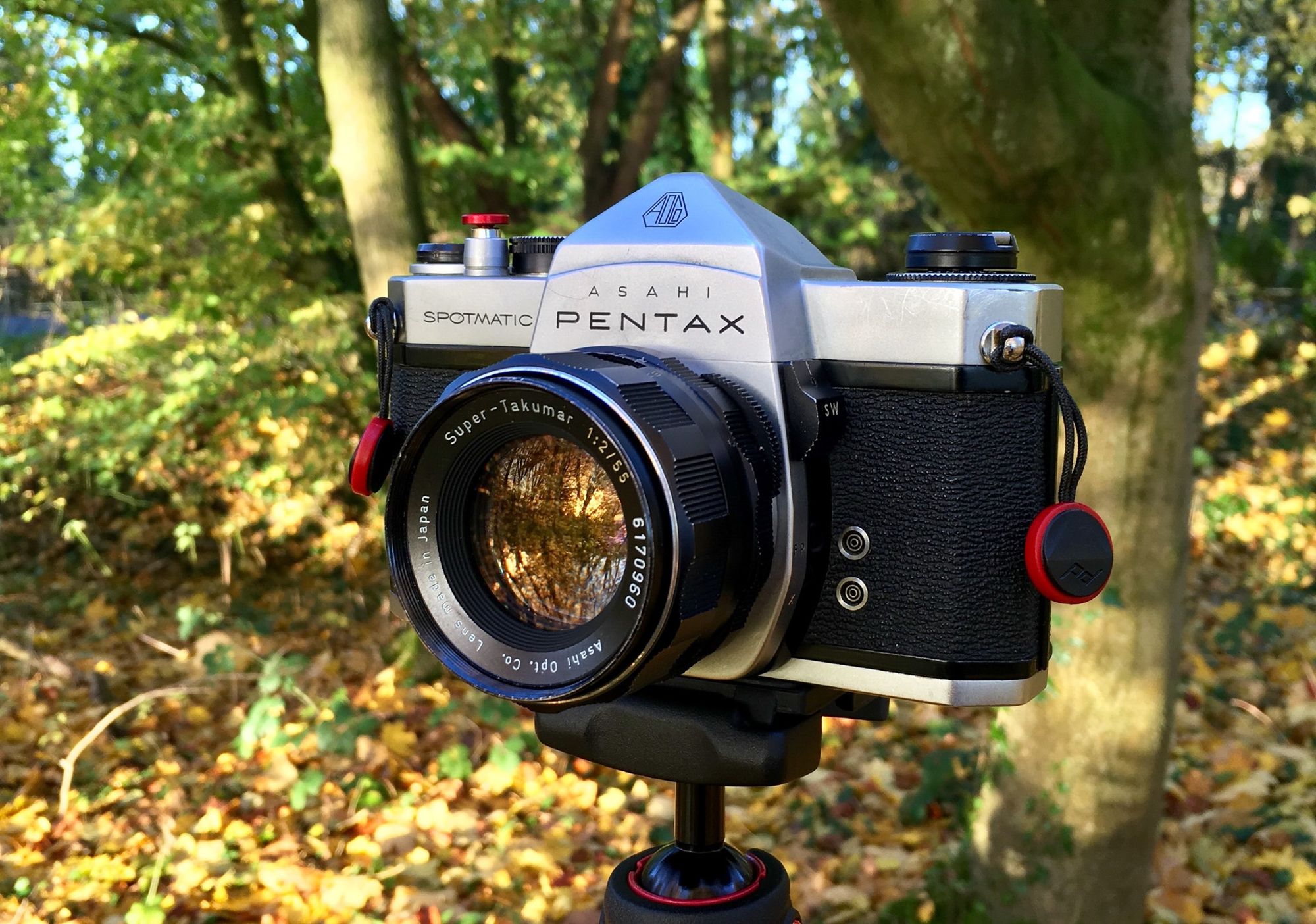
This is a 35mm film camera that belonged to my dad, Ian Roddie, and he often used it in the last few years before he died. I don't have any childhood memories of this camera, though – he always used an Olympus OM-1 back then, and I think he picked up this Spotmatic from eBay in about 2014 or 2015. But we grew closer in those final few years as cancer took hold and we both rediscovered the joys of analogue photography together. I cherish that time, and I guess this Spotmatic has come to represent it for me, even though it's only been in the family for a few years.
I inherited it when he died in 2018, and have used it occasionally since, but it's never been 100%. The light meter didn't work, film transport was iffy, and infinity focus was off. Still, the design does something for me. It's built to a high standard and the user interface is perfect. All you get are mechanically coupled manual controls for shutter speed, aperture, ISO, and focal range. Focusing is manual and assisted with an unobtrusive (but precise) microprism spot in an otherwise uncluttered viewfinder. The meter has to be engaged with a switch beside the lens mount, and the only information point in the viewfinder is a needle that swings between + and - to assist with calculating the correct exposure. A meter like this helps and encourages the photographer to understand light; it doesn't think for you.



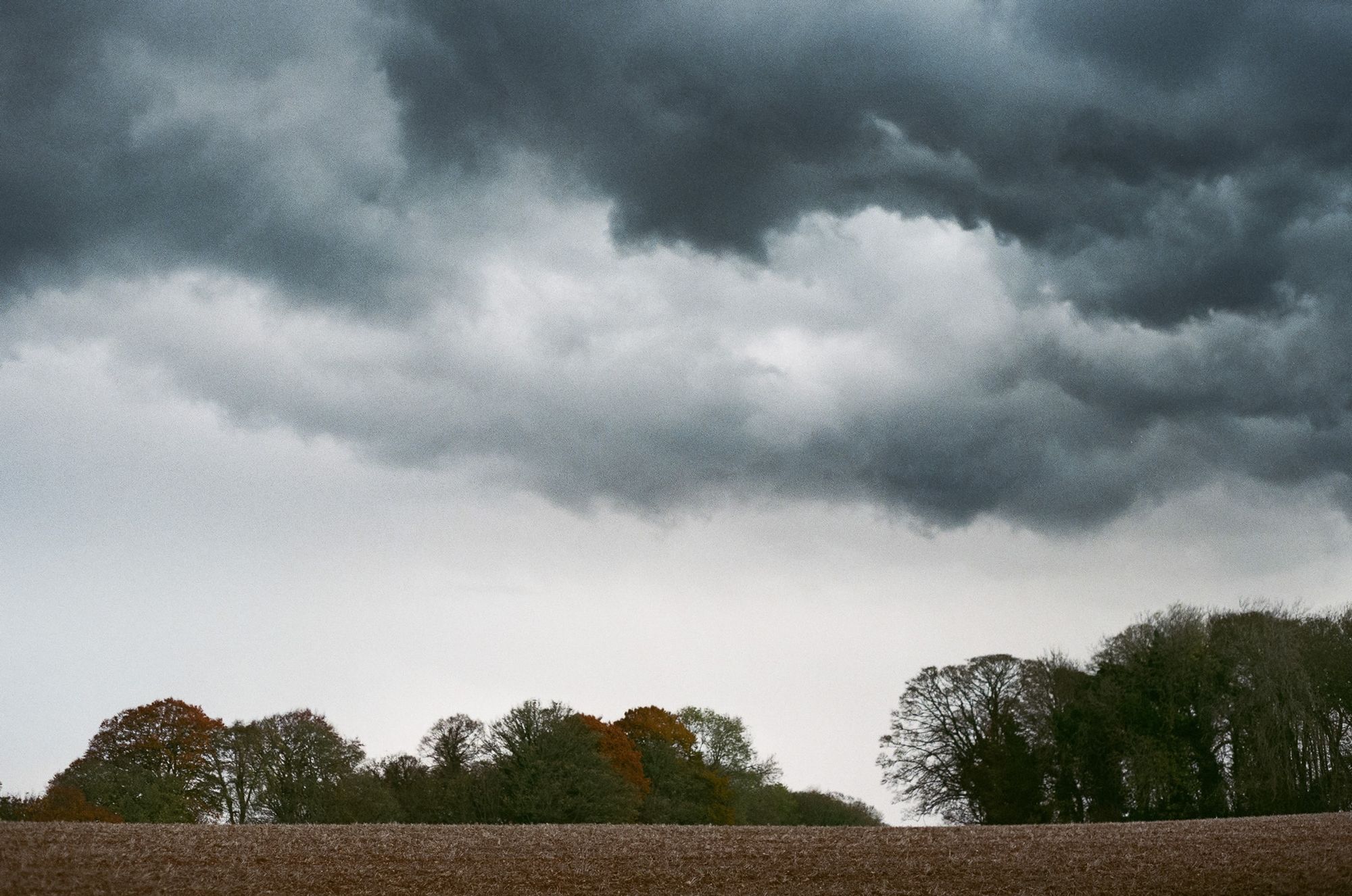


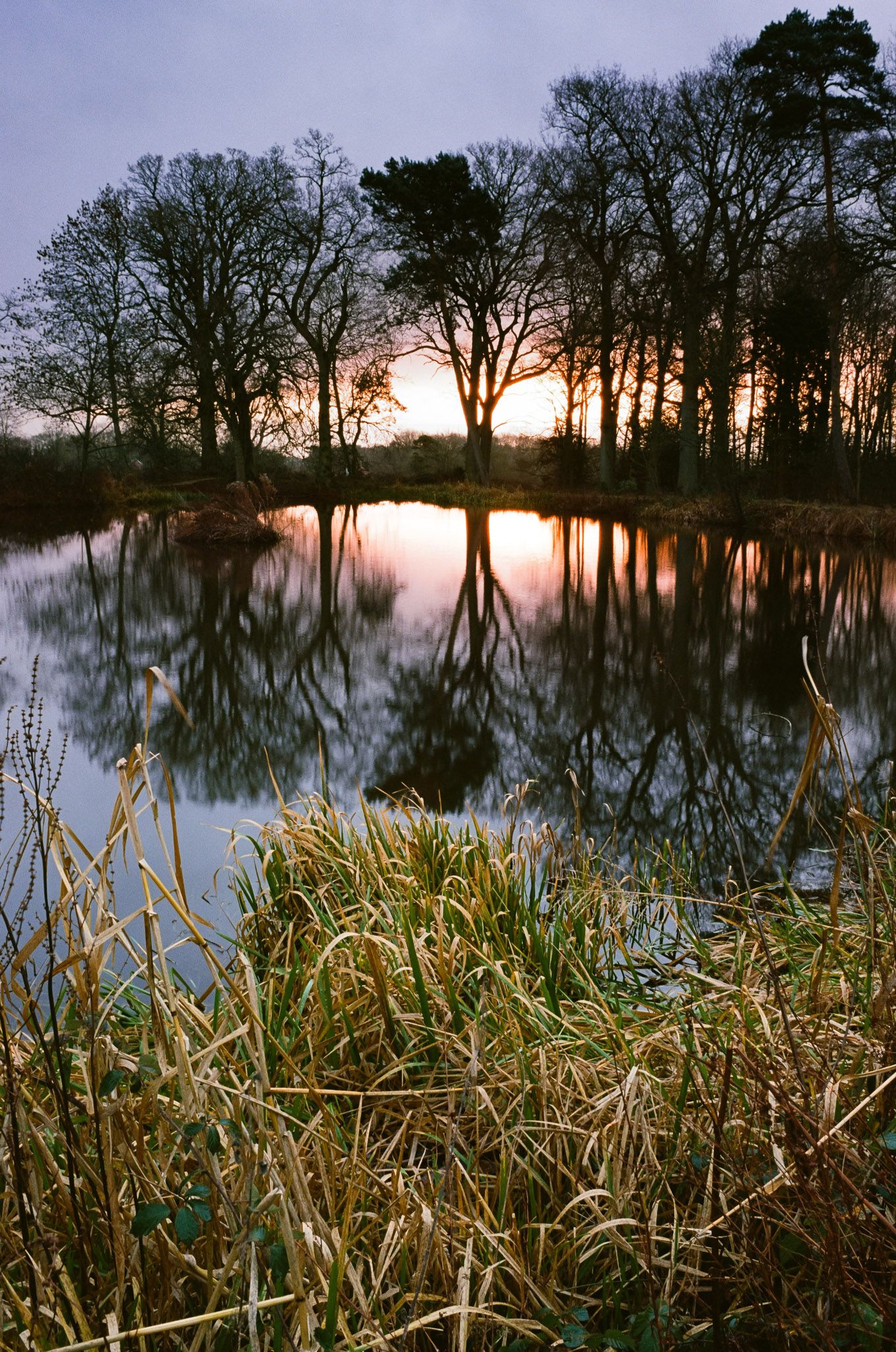
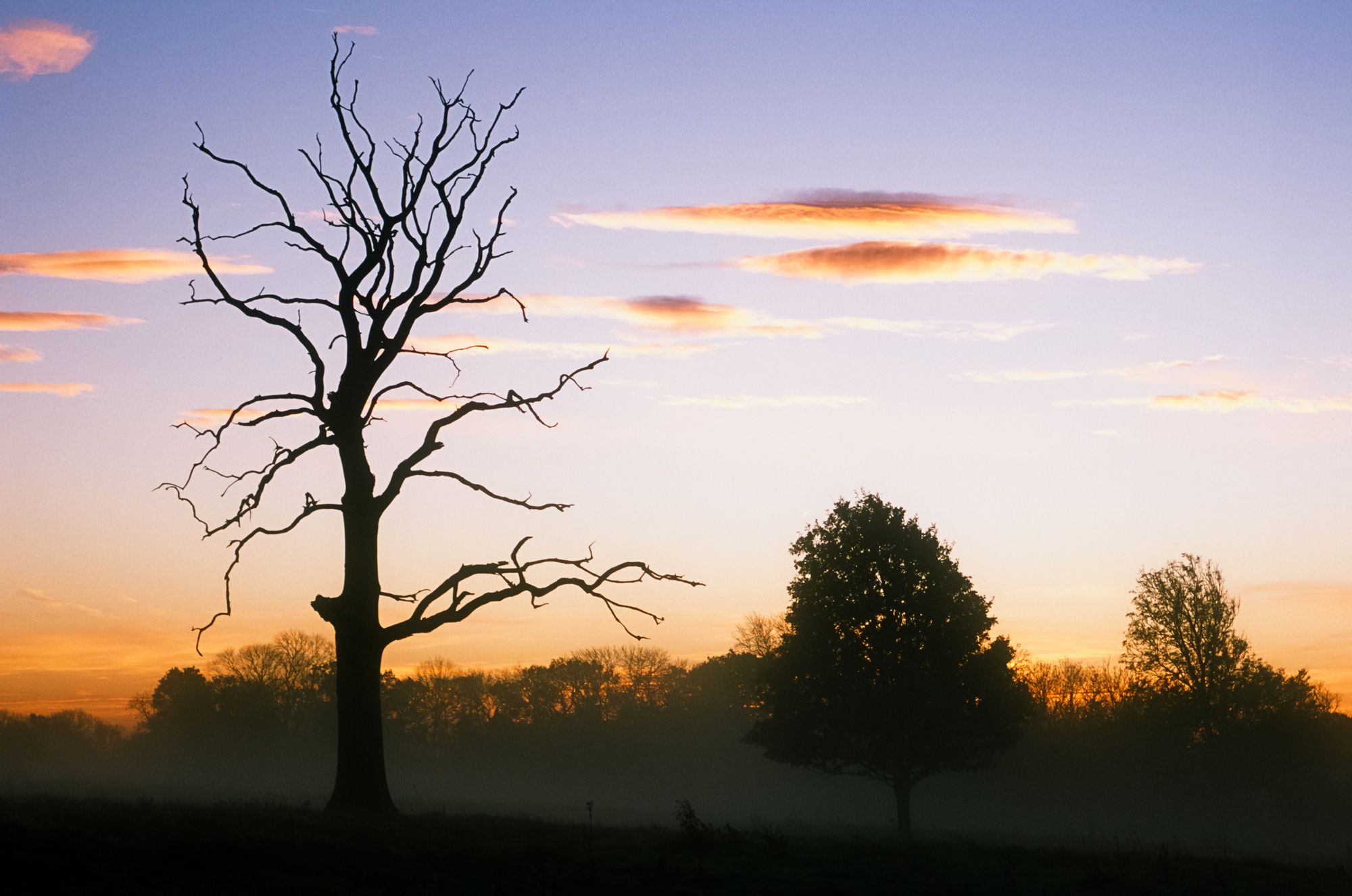
The Spotmatic has everything you need to photograph any subject and nothing you don't. The result is a camera that feels intensely focused and minimal – a tool that places all the emphasis on the photographer's skill and creativity, with nothing to get in the way (beyond film's inherent constraints). It's a paintbrush, not Photoshop.
By comparison, every single modern camera feels hideously – needlessly – complex and inelegant, crammed with features that few photographers will ever use, bloated by marketing departments and a pervasive belief that people are idiots who can't think for themselves. (I have similar opinions about modern computers, but that's by the by.)
I sent the Spotmatic off to Harrow Technical for repair, and it came back looking and working like a new machine. I went out taking pictures with it a couple of weekends ago and returned with some images I'm pleased with. It tickles me that a camera from 1965 can produce sharp, detailed 30-megapixel digital scans I'd be happy to publish in books or magazines today.
2. My grandfather's Omega watch (1961)
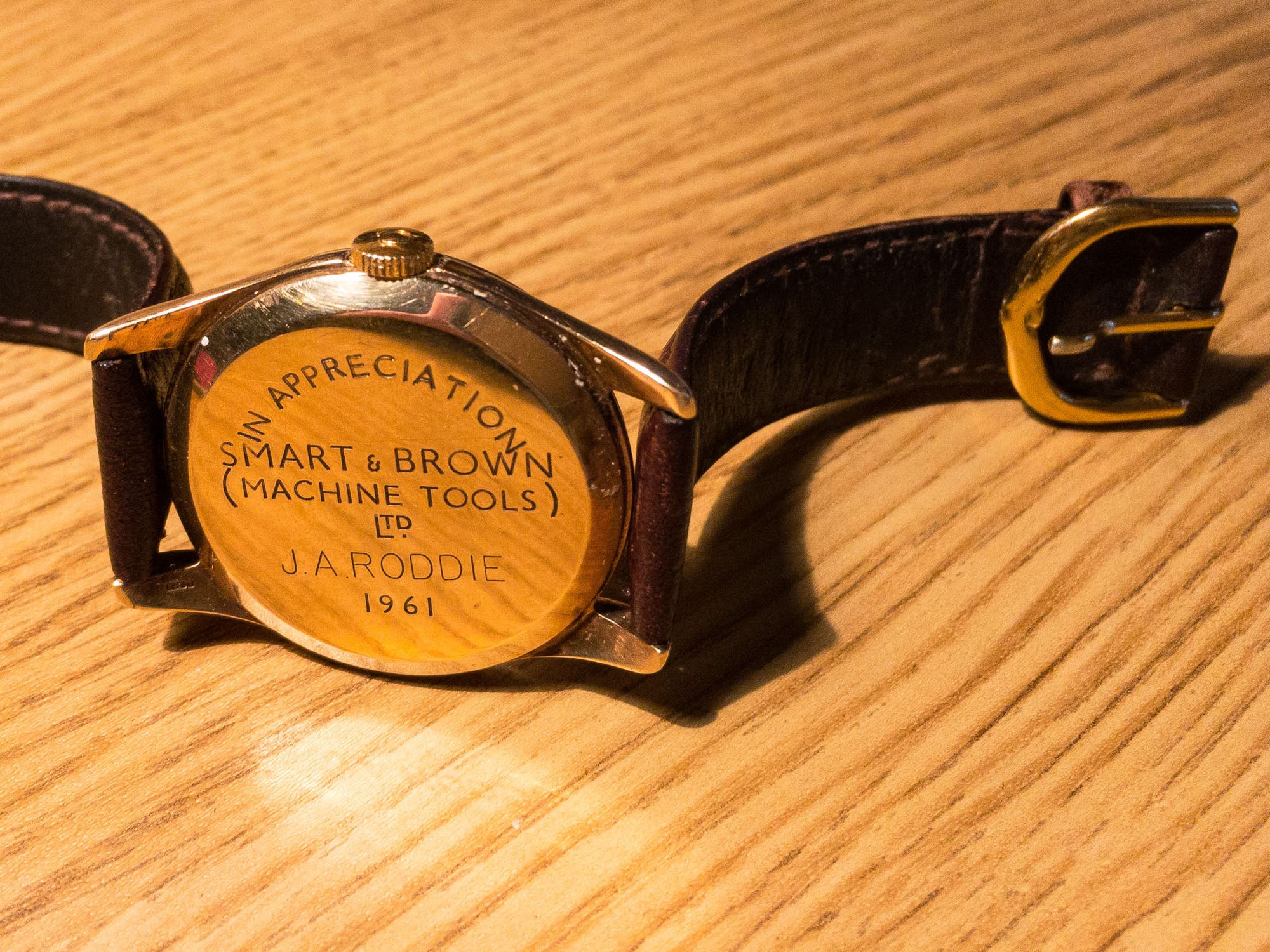
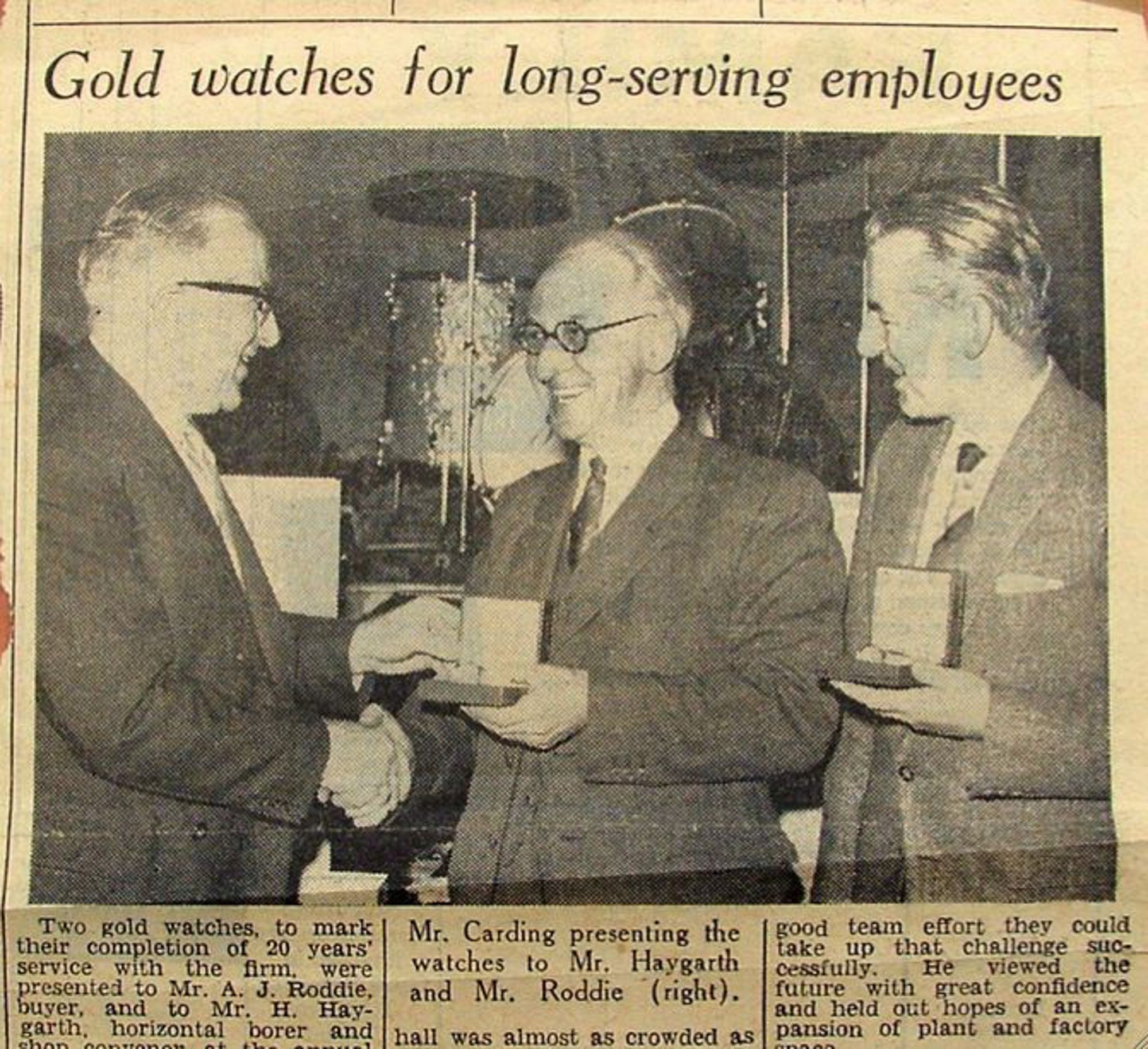
I never knew my grandfather on my dad's side of the family. John Alexander Roddie ('Grandad Jack') was born in 1910, and worked as buyer for a firm called Smart & Brown, which manufactured machine tools such as lathes. He worked for Smart & Brown from 1941 until he retired in the early 1960s. In 1961, he was presented with a gold watch in appreciation for 20 years of service to the company.
Jack wore that watch every day from 1961 until he died on December the 23rd, 1970, of a sudden heart attack. This event, 16 years before I was born, had a profound effect on everyone in my family – especially Edna, my grandma, who found Christmas a sad and lonely time of year for the rest of her life.
Anyway, my dad inherited this watch after Jack Roddie died in 1970. He had a cheapo digital watch that he wore when in the hills or working in the garden, and during his hospital stays in those last couple of years (please read my blog post 'The most important thing' to learn about the significance of that Casio digital watch), but otherwise he wore Jack Roddie's Omega every day of his life from 1970 until his death in 2018.
He was 32 years old when Jack Roddie died. In 2018, when my dad died, I was also 32 years old. And I inherited Grandad Jack's watch.
I remember that in May 2018, when I married Hannah, I looked down at my left hand to see both wedding ring and Grandad Jack's watch in place, as if they had always been there. And the emotion of that moment was one of the most powerful I'd ever experienced. All at once I felt as if I had grown up – as if this was the moment when I had truly become an adult.
I haven't worn the watch every day since then, but I have worn it often. It's a link to the past for me, a reminder that my dad's family made the jump from working class to middle class in the mid-20th century. The scratches on the crystal are a sort of memento mori, too. This sounds wishy-washy, I know, but hear me out. My dad was wearing this watch when he took a bad fall as cancer latched hold of him in 2016 or 2017, and the watch took the brunt of the impact with the floor, leaving deep scratches in the acrylic. I had the worst of the scratches buffed out in 2018, but traces are still visible around the edge, and this serves to remind me that life is short and you never know what is around the corner.
My mum reckons that the watch was last serviced in about 2003–2005, so I sent it off to have the movement checked, cleaned and adjusted. It's currently away at the repair workshop. I'm looking forward to wearing it more often when it returns.
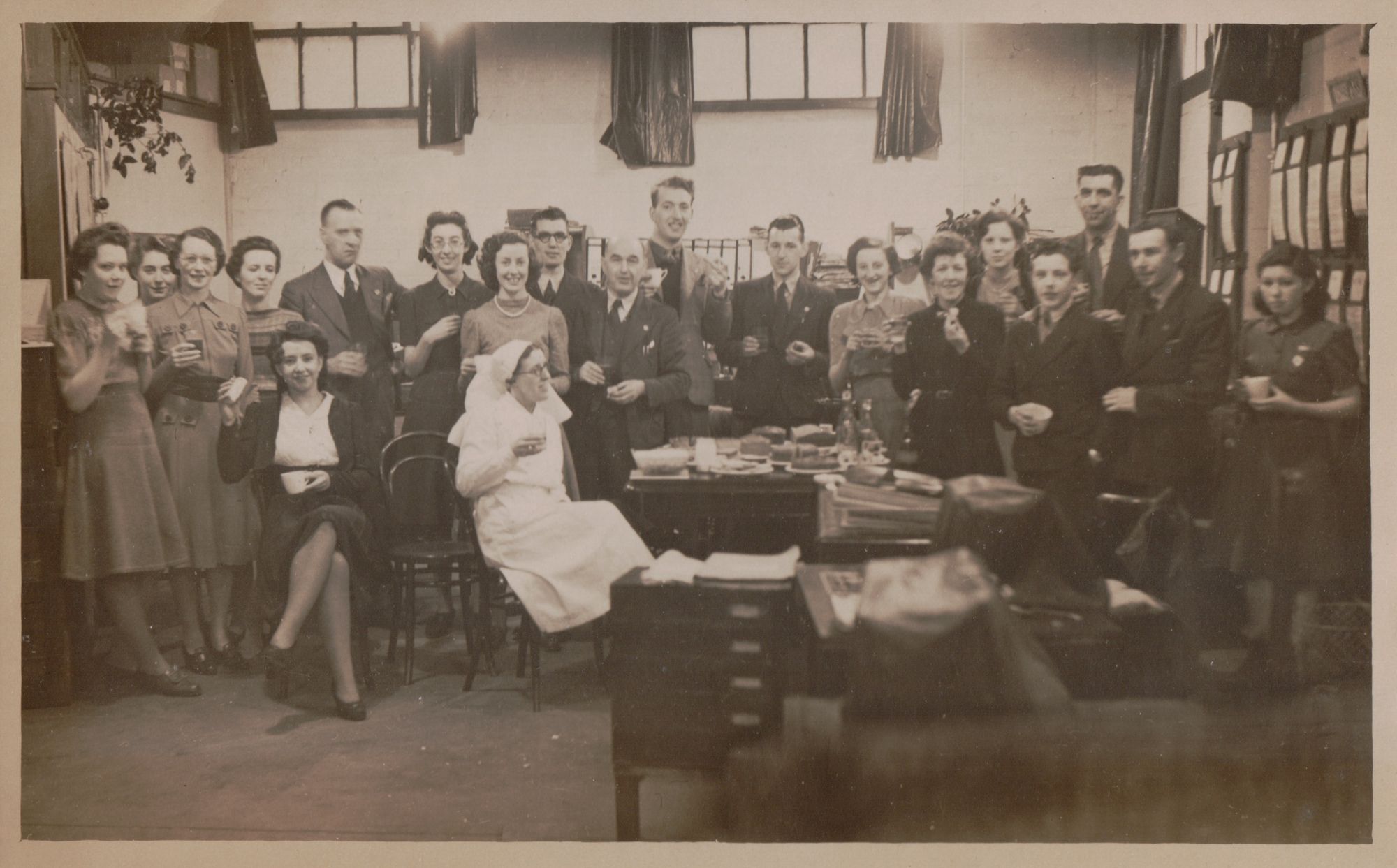
There's a picture in my dad's archive of the Smart & Brown Christmas party, 1942, showing Jack Roddie at the end of his second year with the firm. By a strange coincidence, he was also 32 years old at the time, and perhaps that's why this picture speaks to me. Little now remains of Smart & Brown beyond some of their lathes still in use dotted around the UK. And, in my own possession, there is a small S&B whetstone of exceptional quality that my dad gave to me when I got my first pocket knife, and I've used it for sharpening every knife I've owned ever since. It still looks basically brand new – just a little wear to both surfaces.
3. Olympus Trip 35 camera (1969)
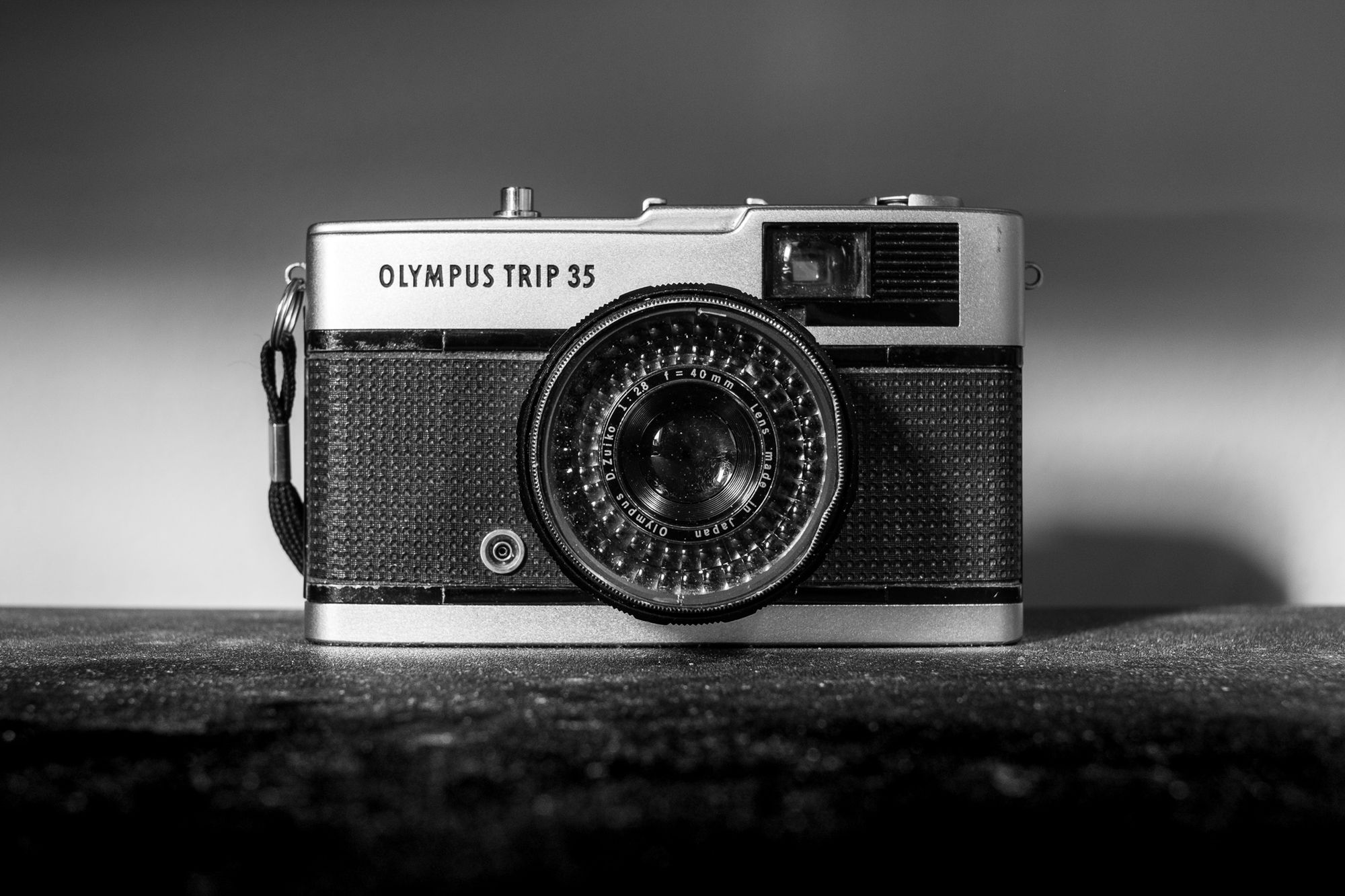
Finally, another camera, and another with a deep family connection – I've written about it before. My dad bought it new, and over the decades it has been used by various family members, mainly my mum and my grandma. It's the first camera I remember being taught how to use as a child in the early 1990s. In 2001 I took it on a school trip to Flanders and used it to photograph the battlefields of World War I. In 2014 my dad gave it to me, and it was this camera that reignited my love for analogue photography – and intentional photography as a whole. In a roundabout way, this unassuming little camera helped me to get a foothold in my current career. It was the catalyst for my development as a photographer.
The camera works, but there's been a skylight filter stuck on the front for about 25 years, and the lens was badly infested with fungus. Time for repairs! I was a little concerned that the lens would lose its hazy glow that I'd grown used to, but I want to keep this camera for the rest of my life, and that means maintenance. I sent it to Trip Man, and it returned looking cleaner and shinier than I've ever seen it – and with a clear lens!
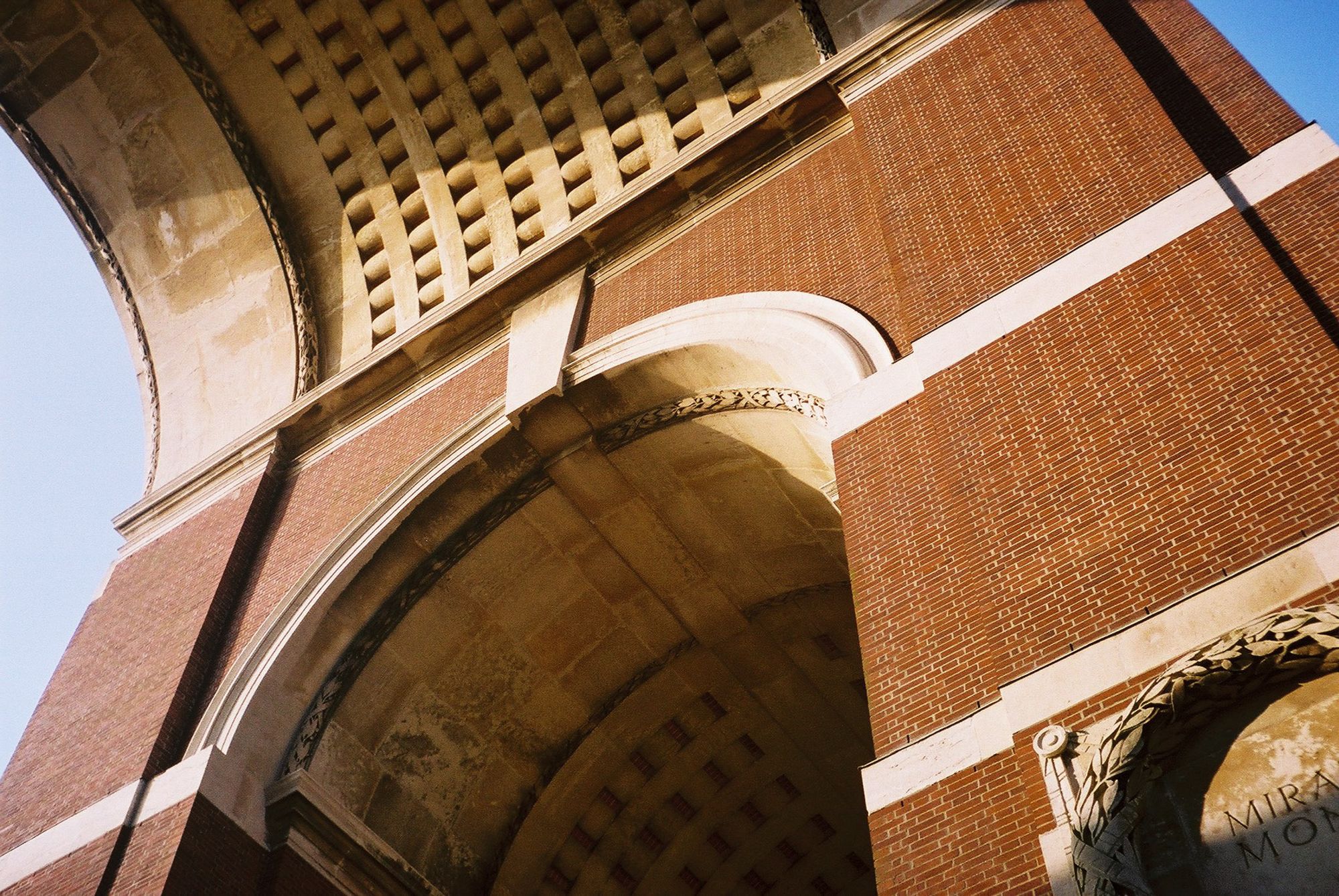
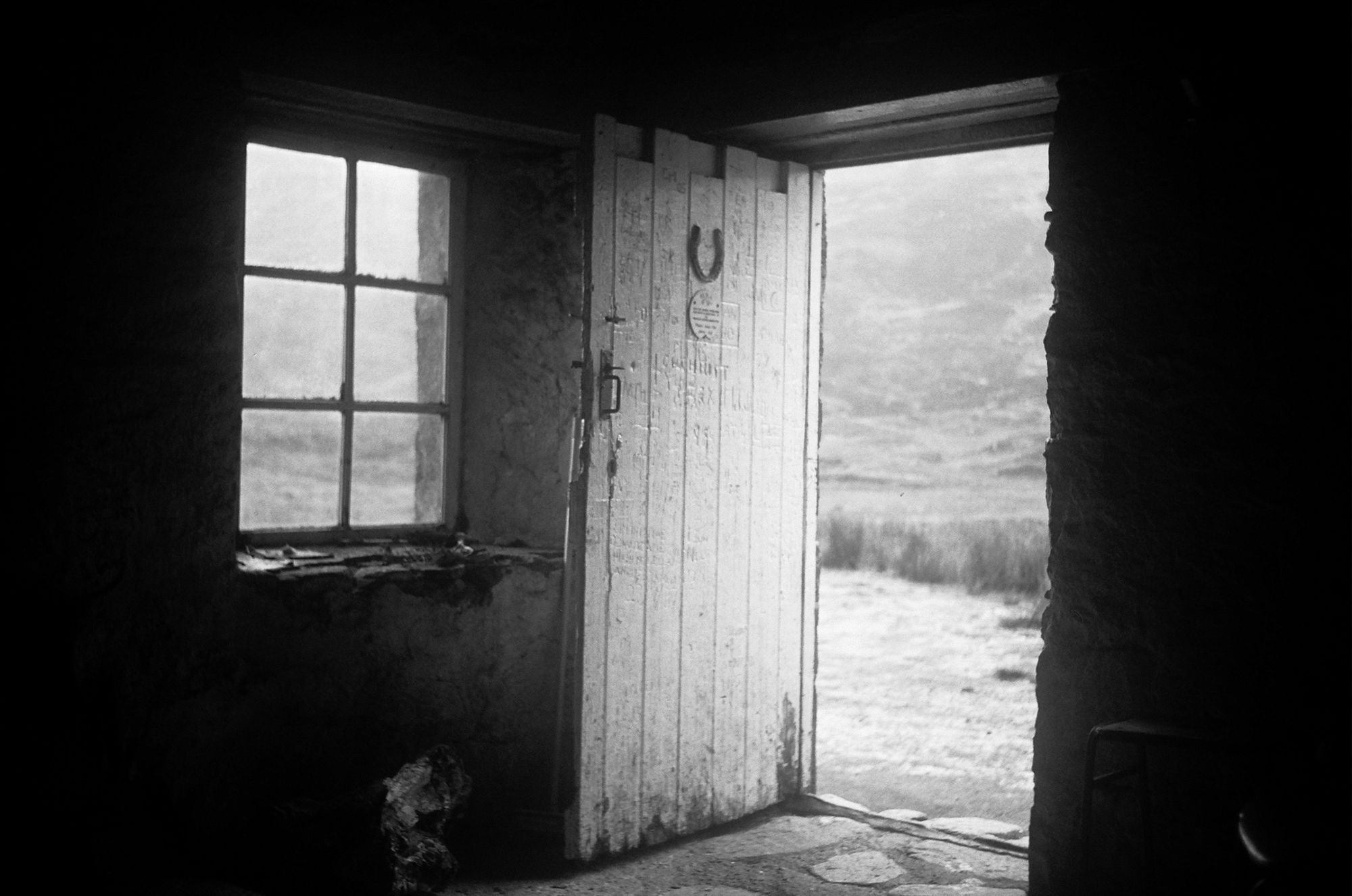
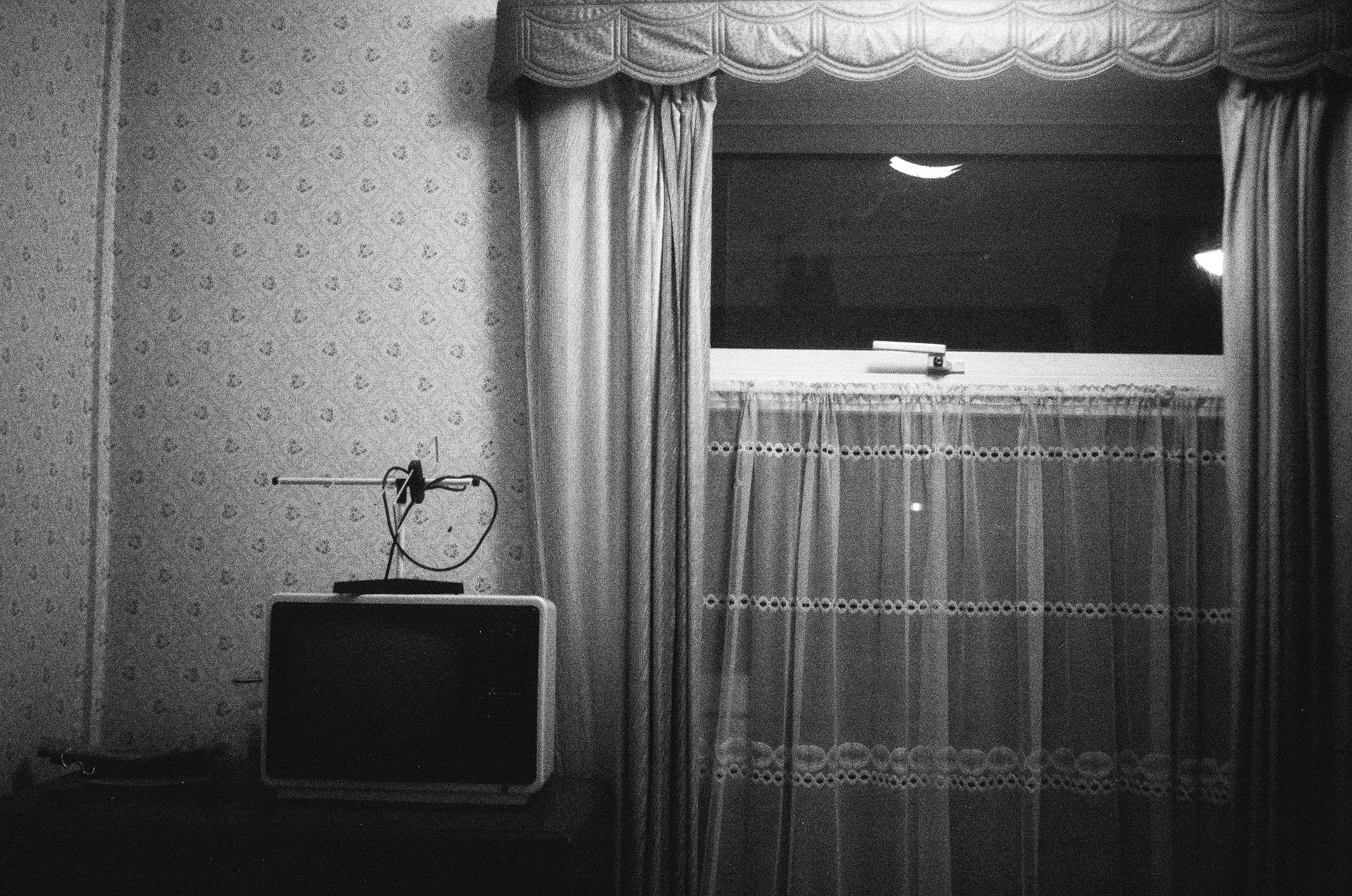
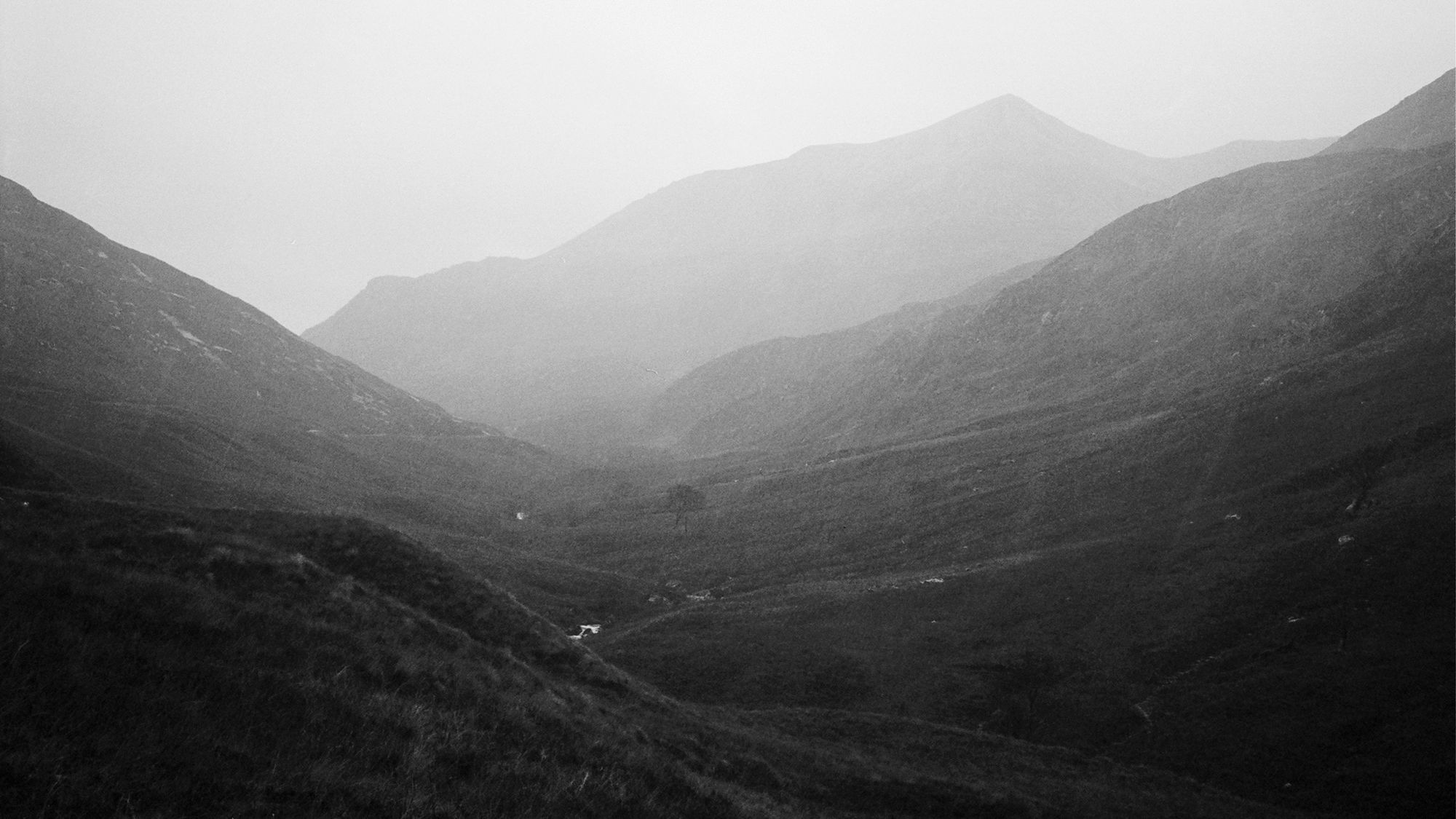
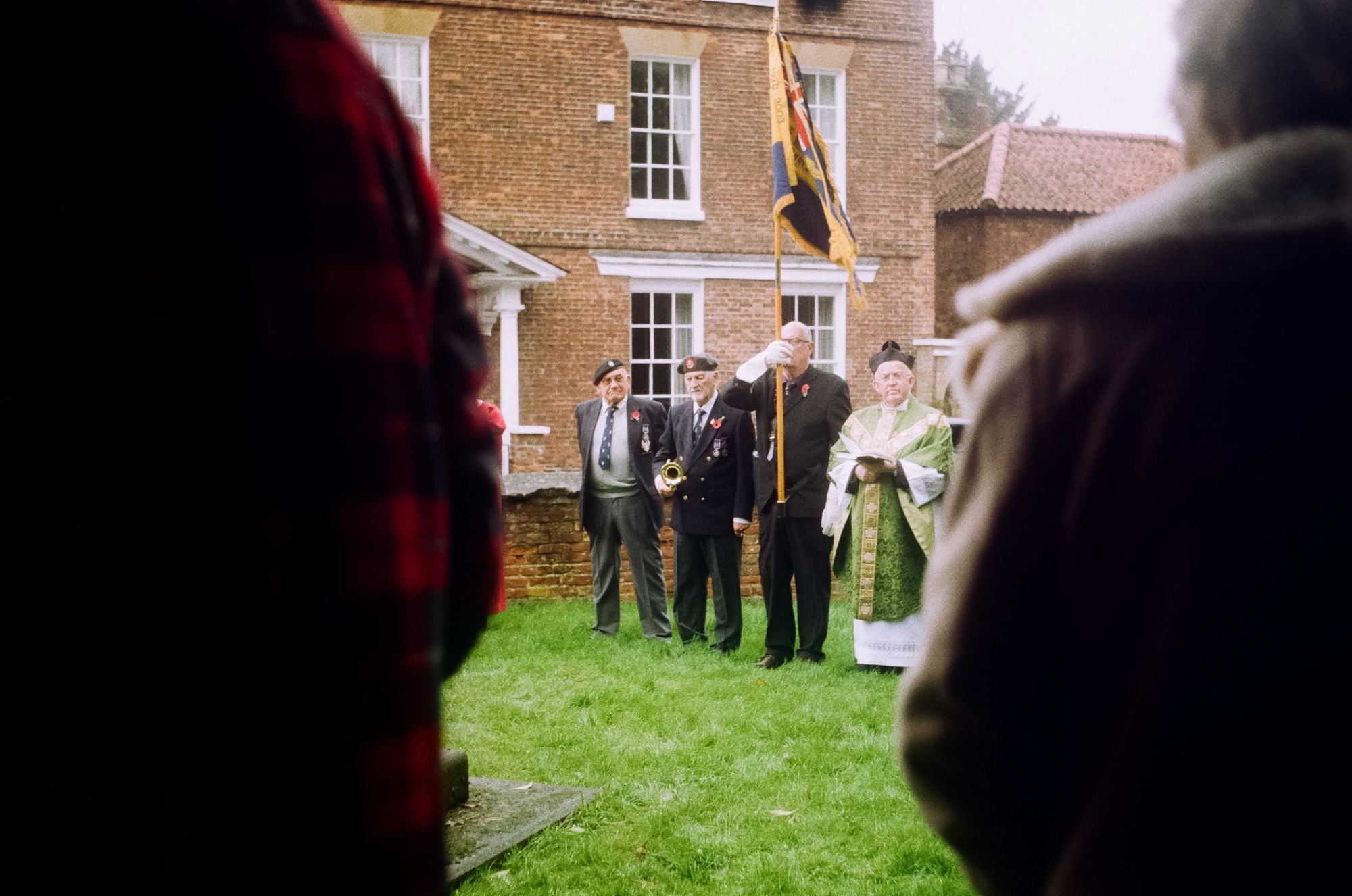
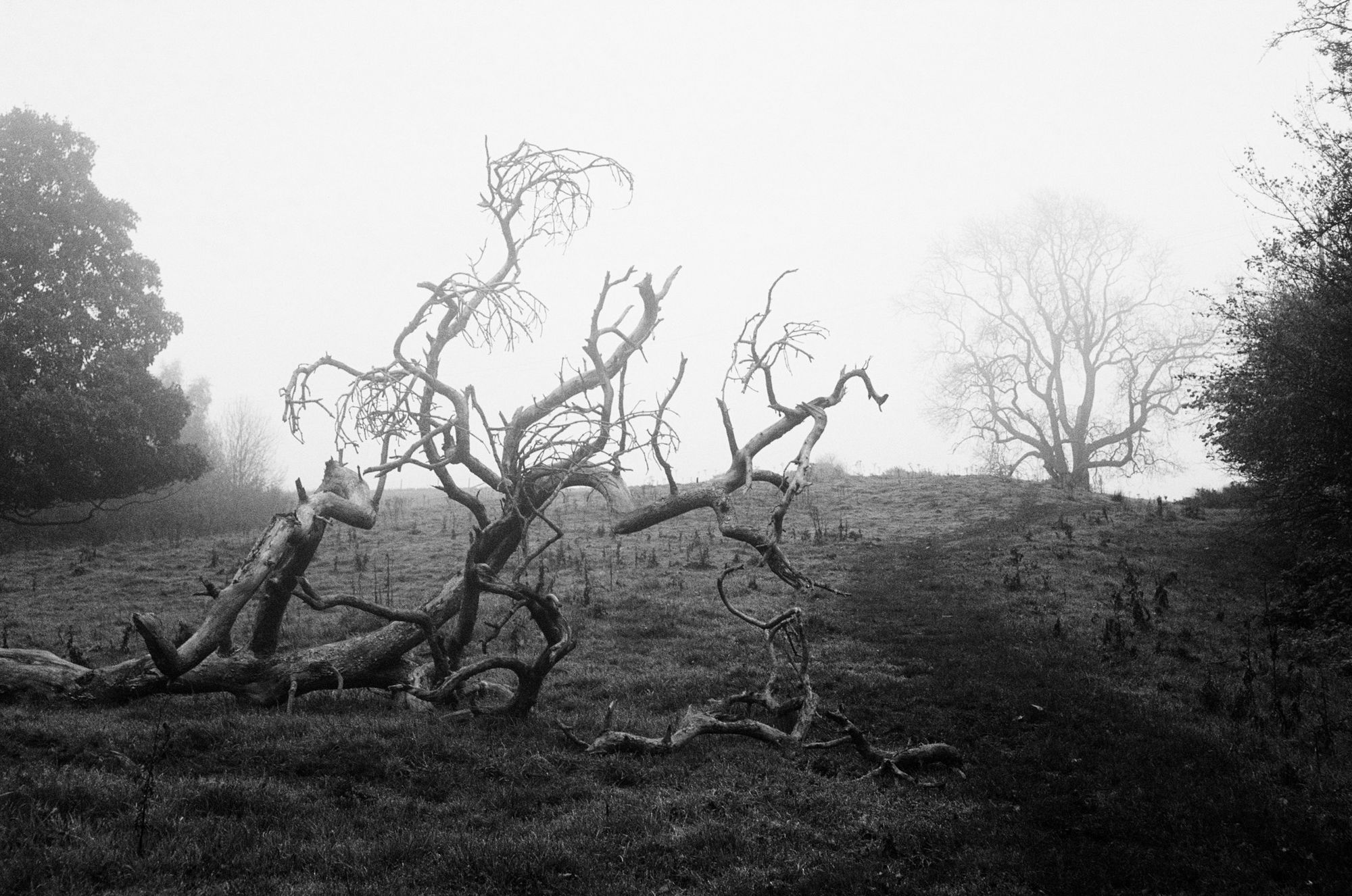
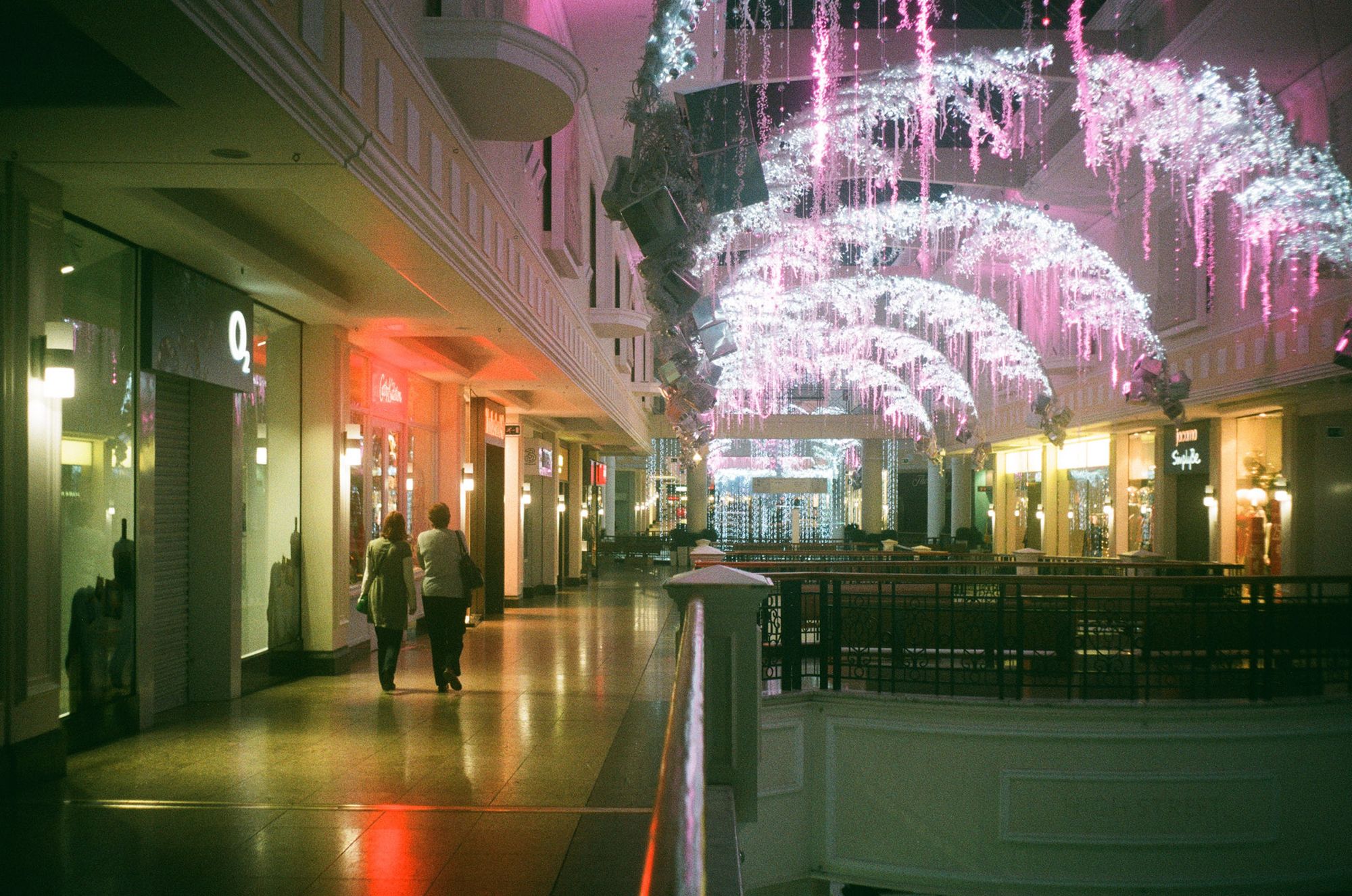
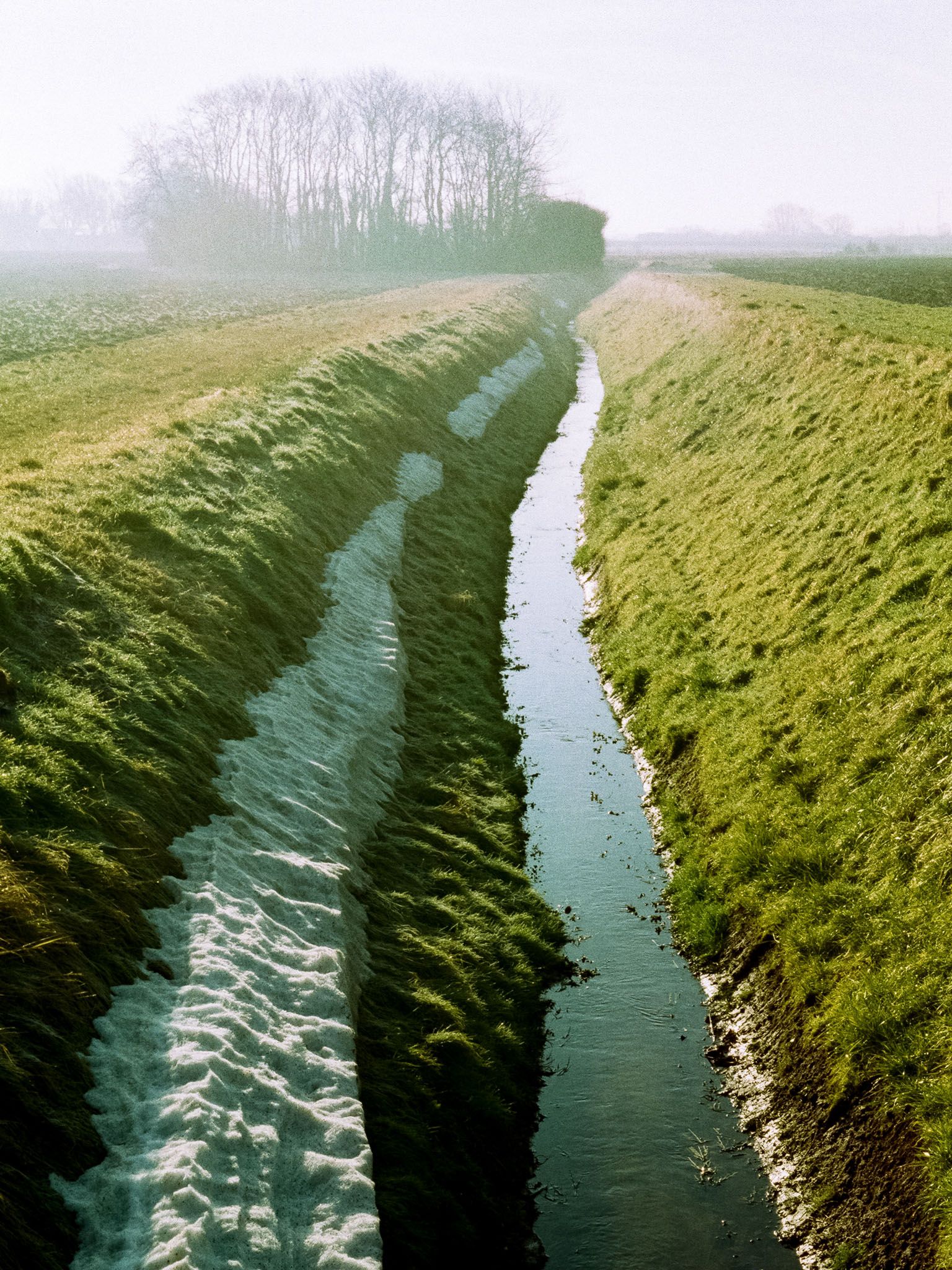
I'm currently shooting a roll of Kodak Ultramax 400 in the refurbished camera and am looking forward to seeing the results. All these years later, this delightfully simple camera, capable of beautiful images when used carefully, has a place in my image-making toolbox.
Sustainability is something I think about a lot as an outdoor gear reviewer. How environmentally friendly are the brand's practices? What about the materials and processes used to make the item itself? These matter, but I can't help thinking that maybe we've got things the wrong way around.
It doesn't matter how sustainable a product is if the owner uses it for only a few years before replacing it with something else.
Products that are made to be durable, and to remain functional for decades with careful maintenance – maybe even the owner's entire life – have far less of an impact, all else being equal. I think that this is why good design is not only important but absolutely critical. It's why an emotional bond between person and product can be a tangible force for good. Elegant, tactile, humanist products that are made to last will be used and enjoyed for decades. Can the same be said of products that are overly complicated, depend on a fragile web of servers and software dependencies, and are engineered with built-in obsolescence? Products that look tatty and shabby after a few years instead of ageing gracefully and developing an attractive patina? Most brands don't think about this stuff, but they should.
Will a bulbous rubber-clad GPS watch ever be passed down from grandfather to father to son? We all know the answer to that. Owners of smartwatches will replace them every five or six years. Maybe a year or two longer at a stretch. They just aren't made to last any longer than that.
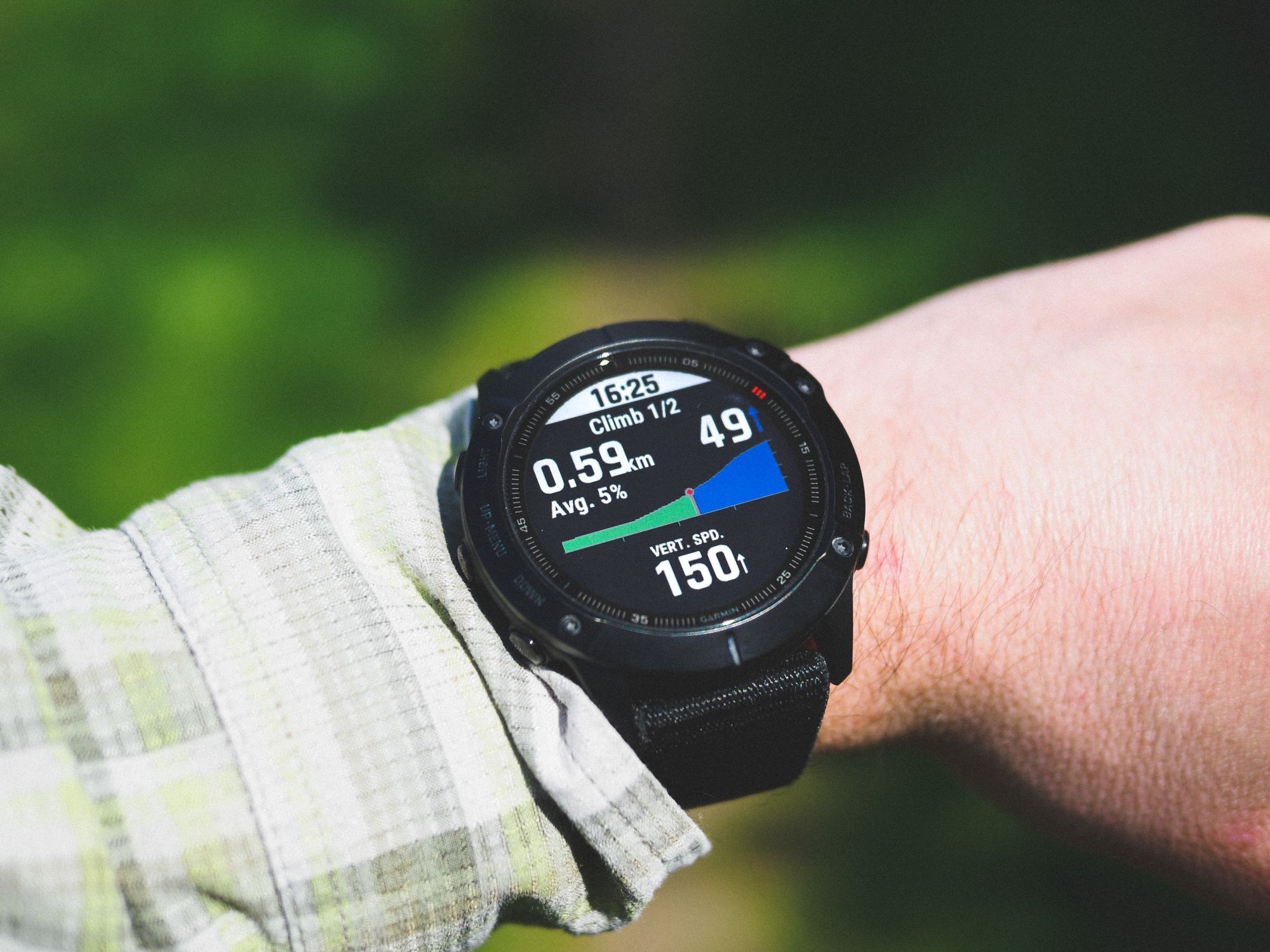
There is much to be said for the capabilities of modern technology, but you don't have to be a luddite to also reflect on what we've lost. And I think that product design should try to relearn some of the forgotten lessons of the past. Economics, sadly, point towards everything continuing to accelerate away from these principles, but maybe every now and again, amongst the Black Friday madness and the cycle of tech news urging us to upgrade to the latest thing, it's worth standing still and reflecting on what we truly need – and what we truly value.
I have tested and reviewed dozens of GPS watches for outdoor magazines over the last few years. But my personal watch of choice does nothing but tell the time, and with careful maintenance it will continue doing it long after my own death.
Alex Roddie Newsletter
Subscribe here to receive my occasional personal newsletter in your inbox. (For the fun stuff, please consider subscribing to Alpenglow Journal instead!)




